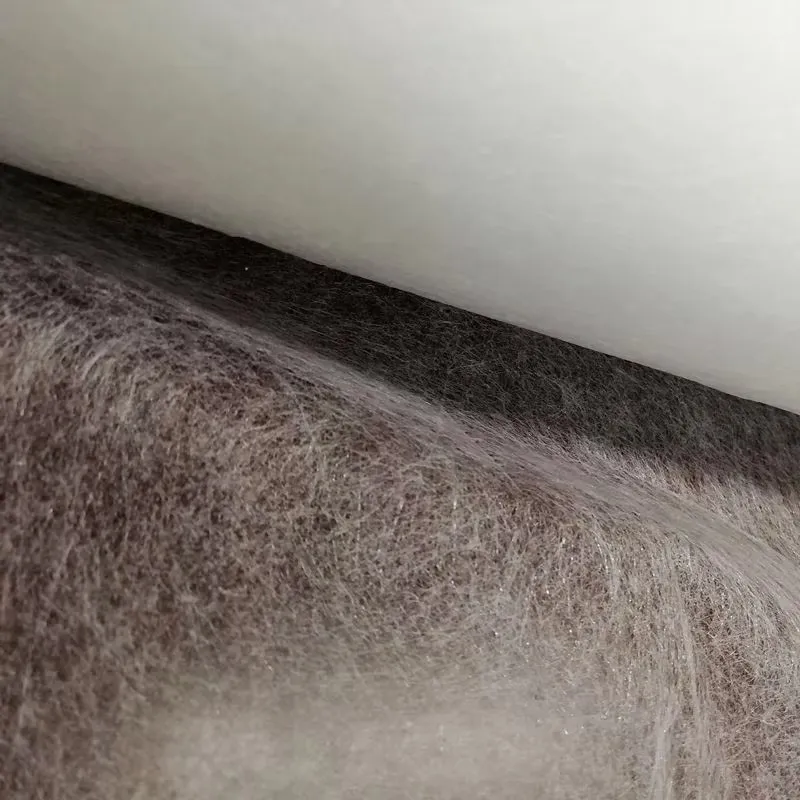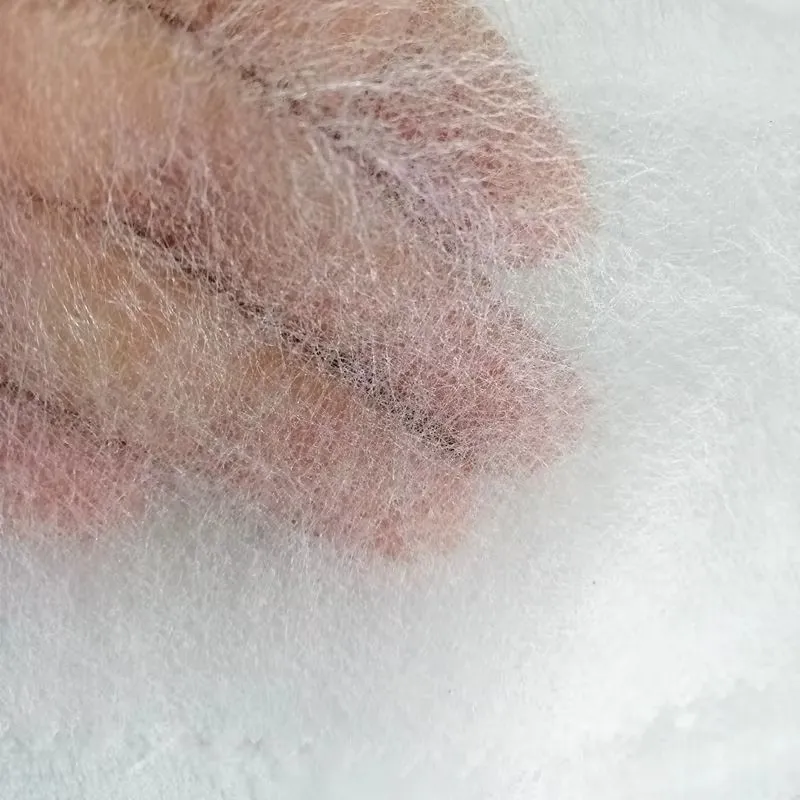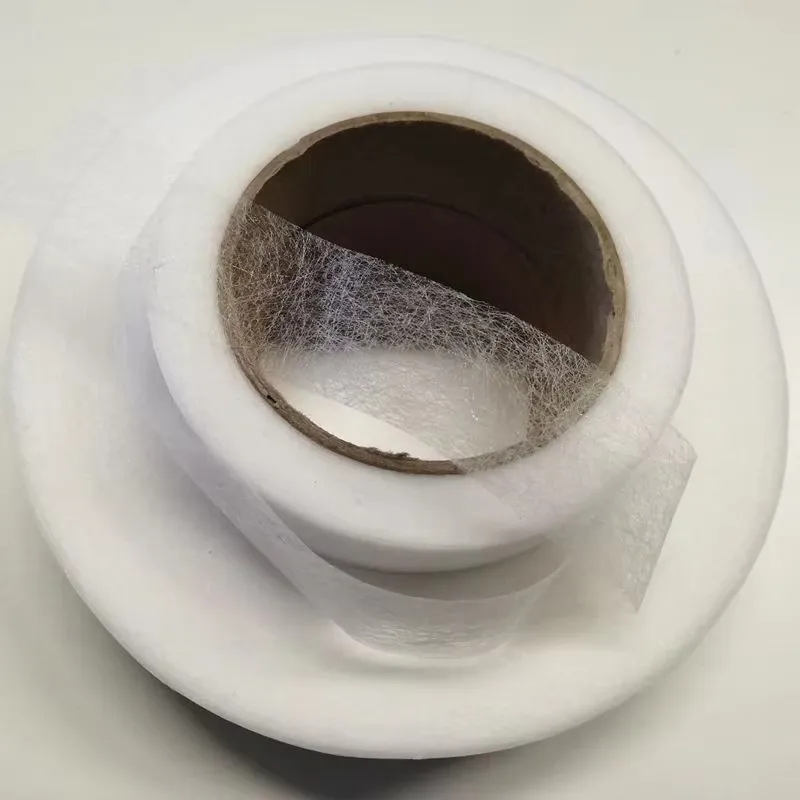Adhesive tape serves as the most widely utilized protective material within automotive wiring harnesses. Nearly all harness circuits require the application of tape to secure and protect the bundles, providing functions such as abrasion resistance, temperature resilience, noise reduction, waterproofing, thermal insulation, and surface leveling. The two primary performance indicators of adhesive tape are adhesion strength and unwind force.
The main methods of wrapping automotive wiring harnesses include half-overlapping wraps, coarse wraps, and localized wraps, as illustrated in the accompanying figures. The tape products employed in automotive wiring harnesses predominantly consist of PVC-based plastic tapes, PET-based fabric tapes, fiber cloth tapes, PE-based film tapes, PA-based polyamide cloth tapes, aluminum foil fiberglass cloth tapes, rubber-based tapes, and foam tapes.
PVC Tape
PVC tape is the most economical option for bundling wiring harnesses, commonly used in areas such as the vehicle body and dashboard where high-temperature and abrasion resistance are not critical.
Harnesses wrapped in PVC tape exhibit an aesthetically pleasing surface, with minimal thickness and lightweight characteristics; however, they have subpar noise reduction capabilities, with a temperature rating ranging from 85 to 125 degrees Celsius.
It is important to note that when burned, PVC tape releases significant amounts of smoke, along with corrosive and toxic gases, which has led to its prohibition in certain vehicle models or specific locations.
Nonetheless, the presence of halogen elements, such as chlorine, in PVC contributes to its flame-retardant properties.

PET Tape
- PET tape is primarily used in areas requiring noise reduction, abrasion resistance, and temperature resilience. Among the various types,
- PET fabric tape offers the best wrapping and noise-dampening properties, with a temperature rating of approximately 105 degrees Celsius.
- PET cloth tape boasts superior abrasion resistance, withstanding temperatures around 150 degrees Celsius.
Additionally, PET non-woven tape demonstrates excellent wear resistance, shock absorption, and noise reduction capabilities, along with good weather resistance, with a temperature tolerance of about 125 degrees Celsius.
Common characteristics of PET tape include low volatile organic compounds (VOCs), minimal odor, exceptional temperature and abrasion resistance, albeit with relatively poor flame retardancy and a higher price point.
PE Tape
PE tape is halogen-free and considered an environmentally friendly material, exhibiting strong adhesion on rough surfaces and is easily torn by hand.
It is primarily used for securing wiring harnesses, with a temperature rating of 125 degrees Celsius, and is priced higher than PVC tape.

Rubber-Based Tape
Rubber-based tape is mainly employed in waterproof applications, with a temperature rating of 85 degrees Celsius.
Foam Tape
Conventional sponge tape used in automotive wiring harnesses is made from high-density flame-retardant sponge, treated with a specially formulated pressure-sensitive adhesive.
This type of tape is effective for shock absorption and noise reduction while being easy to tear. Foam tape is primarily used in areas requiring noise reduction, with a temperature rating of 85 degrees Celsius.

Aluminum Foil Tape
Aluminum foil tape is primarily utilized in applications requiring thermal insulation, reflection, or shielding, with a temperature rating between 180 and 250 degrees Celsius.
It exhibits excellent performance in extreme temperature conditions and provides superior shielding and insulation properties.

